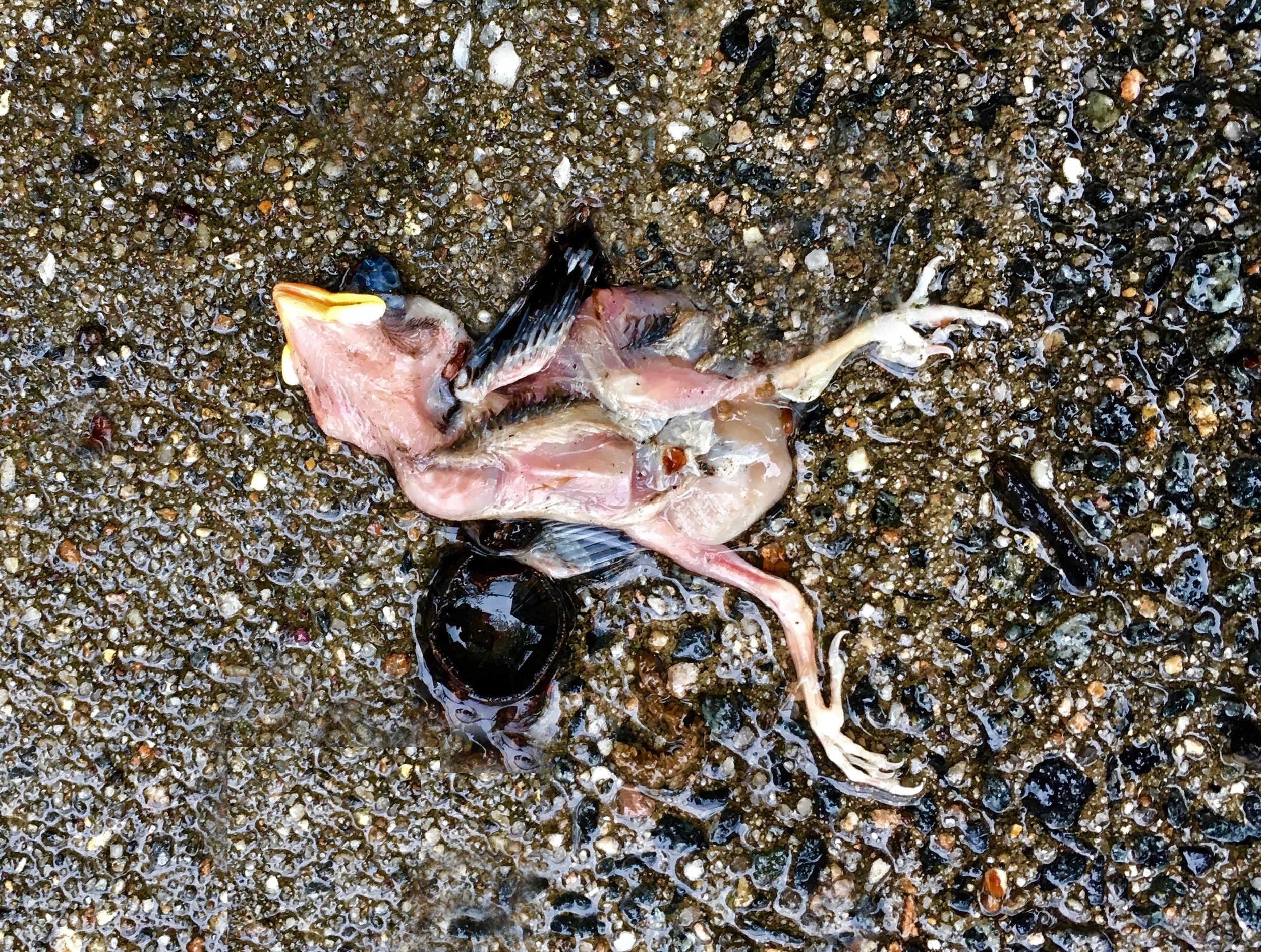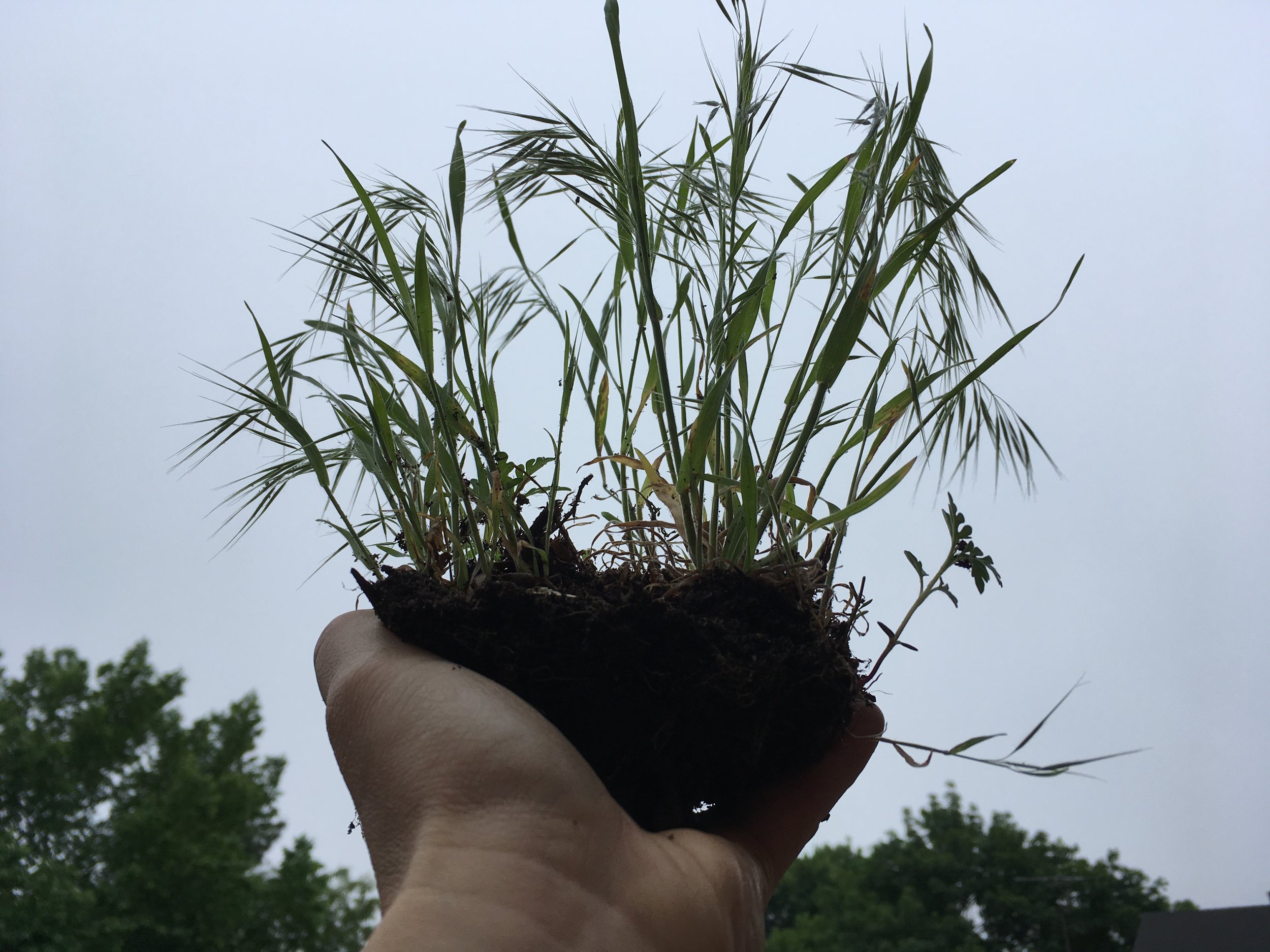photo credit: Peter A. Crawley
A conversation through urban foraging
Foraging the natural world in search of the intrinsic meaning of plants inspires me - invites me to look below the surface of things. I spent countless hours looking for traces of wilderness in the city, namely, plants that normally go unnoticed—or, if noticed, are usually pulled out or mowed over. The seeds of these plants, transported by wind and birds, flourished in a wealth of unexpected habitats—the wall of a canal lock, a sidewalk, the unseen edge of a landscaped garden. As we know now that simple definition of plant species such as “native" vs “non-native", is arbitrary as borders made by humans. My plant species mimic demographic changes in our cities.
This work asks us to contemplate ideas of wantedness and unwantedness, control and letting go, alienation and belonging, and fundamentally, the tension between wholeness and persistent transformation within our society.
Happiness Journal
Weed Out Island, 2017
Collecting “weeds” from sidewalk tree wells, I found 70 species of self-seeded plants. These plants became material for an indoor living sculpture, the “Weed Out Island,” exploring the question: What/Who is a weed? The Weed-Out Island uses a polycultural planting concept. Cultivating many varieties at once is my metaphor for exploring immigration, alienation and belonging.
Nomads, 2018
Insider/Outsider, 2019
Weed Words
In the audio recording, Wen-hao draws attention to what she calls “weed words” in various languages in order to surface linguistic habits that align with the treatment of weeds. What are “pure” words and plant species, versus “invasive”? How do powerful forces such as migration, rejection and assimilation affect the norms of culture as well as natural world?













